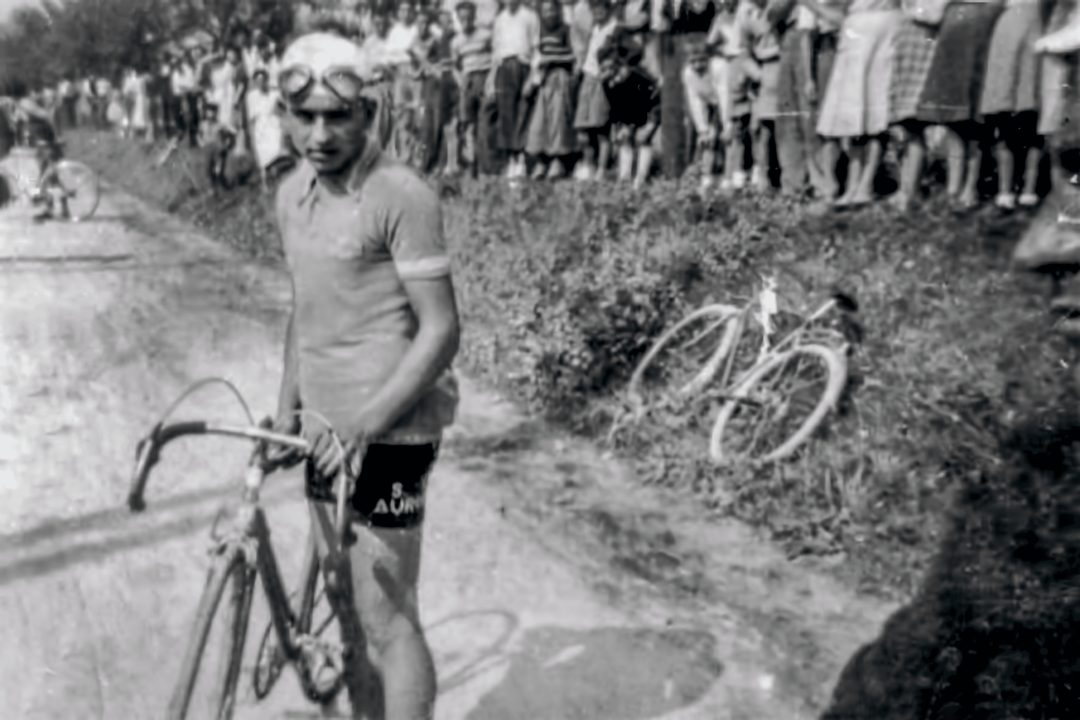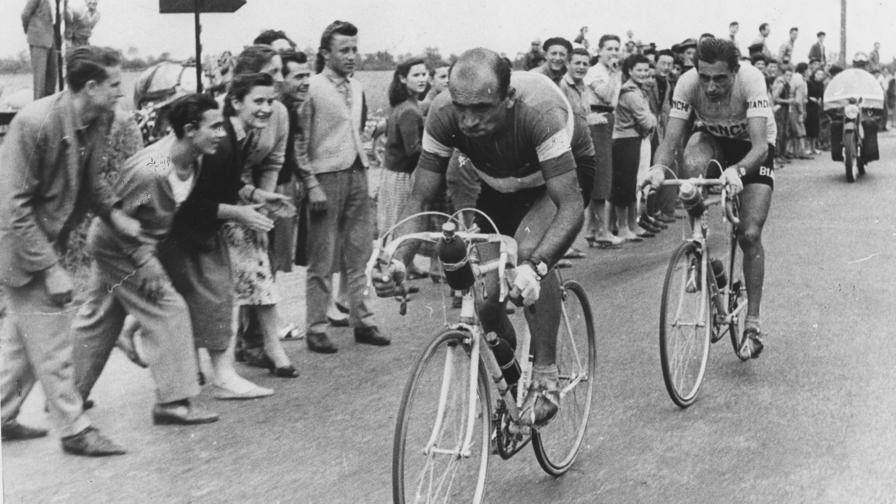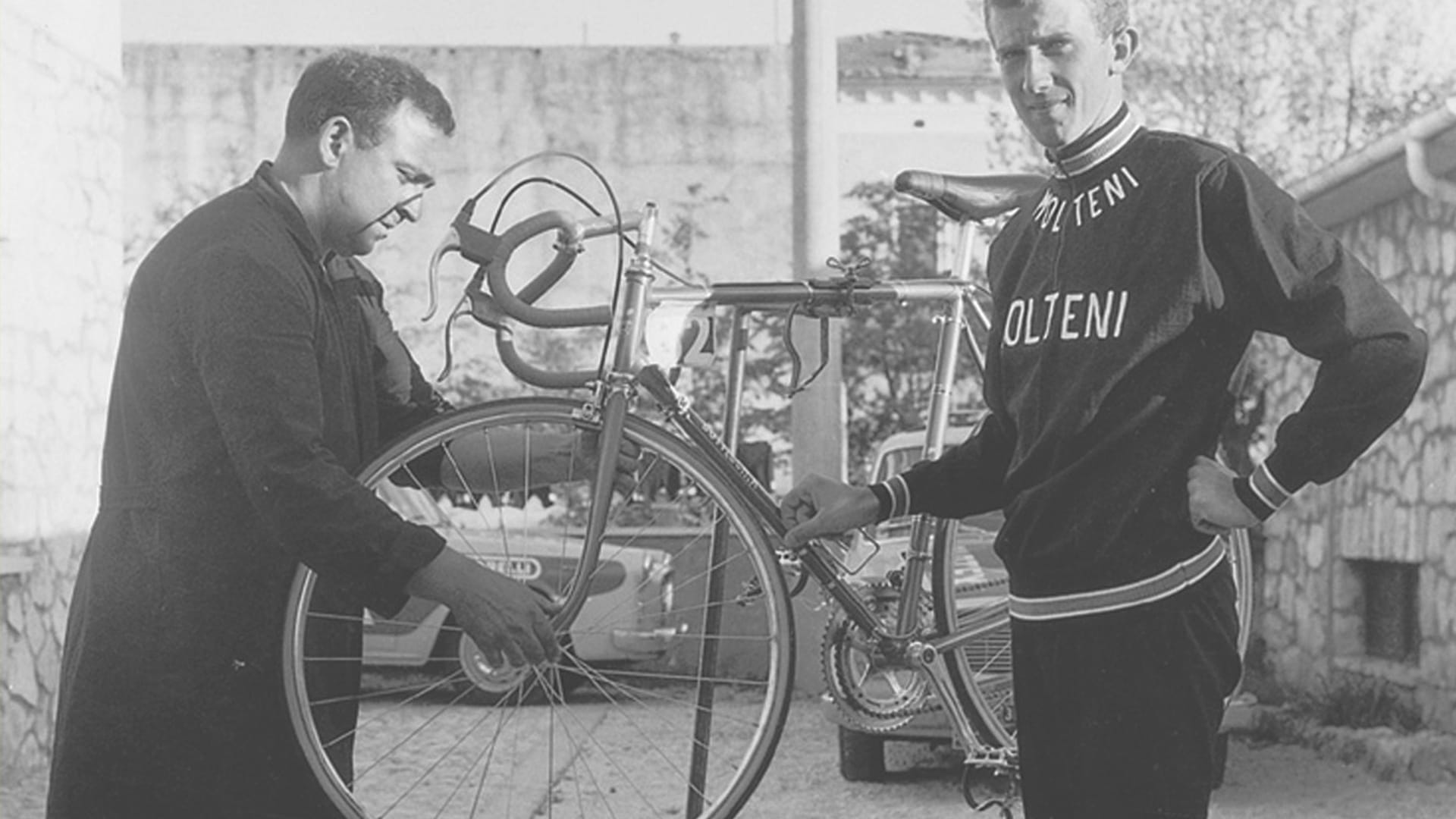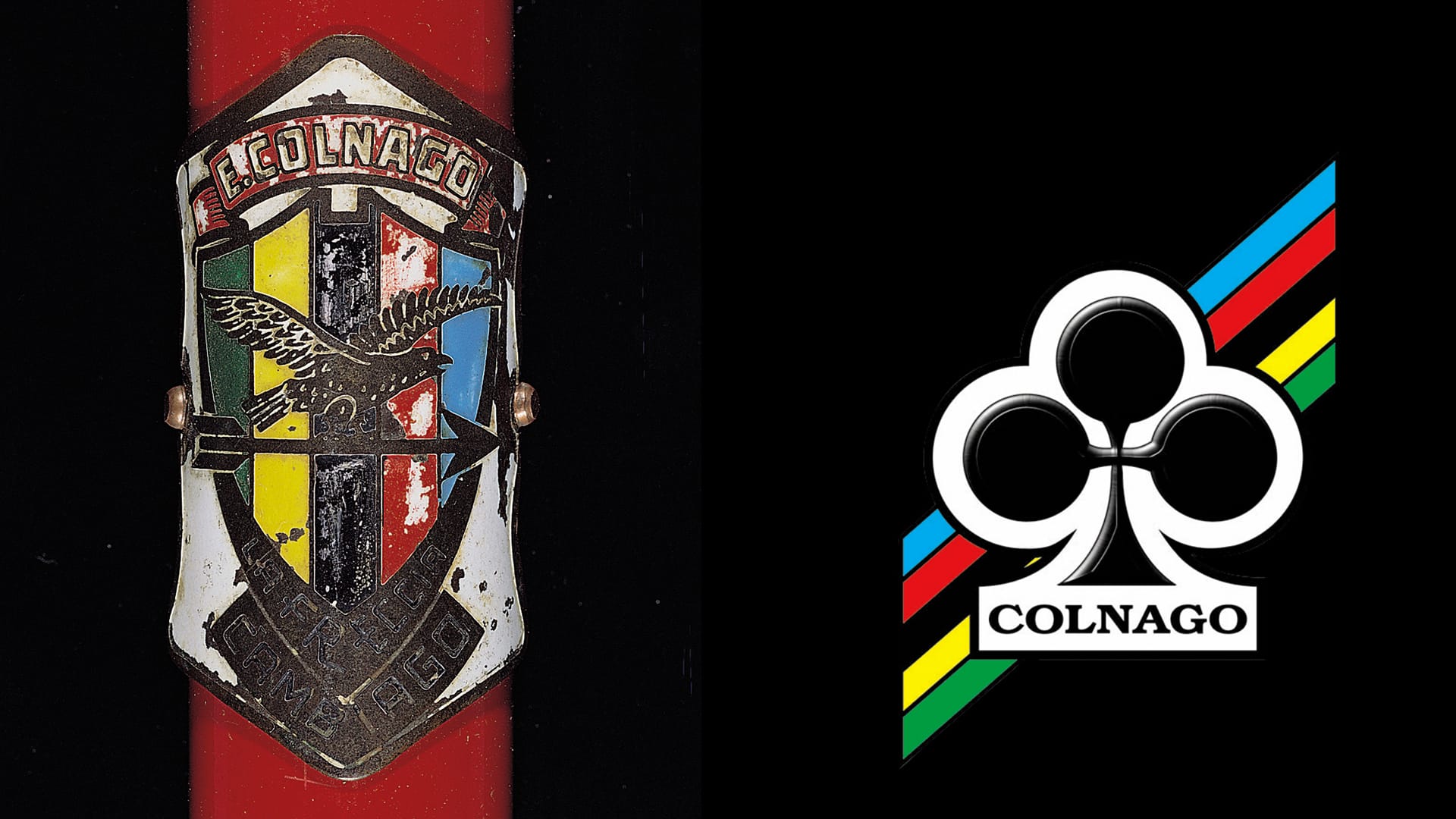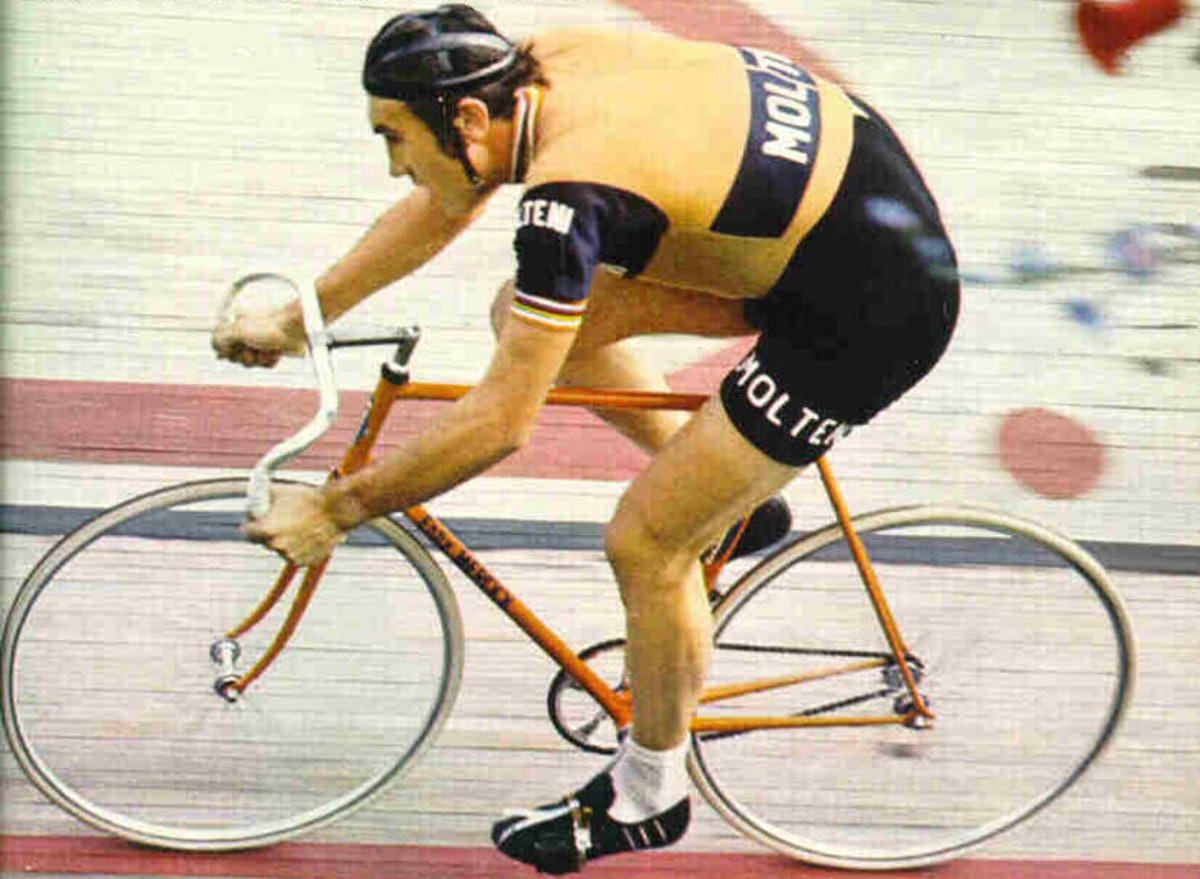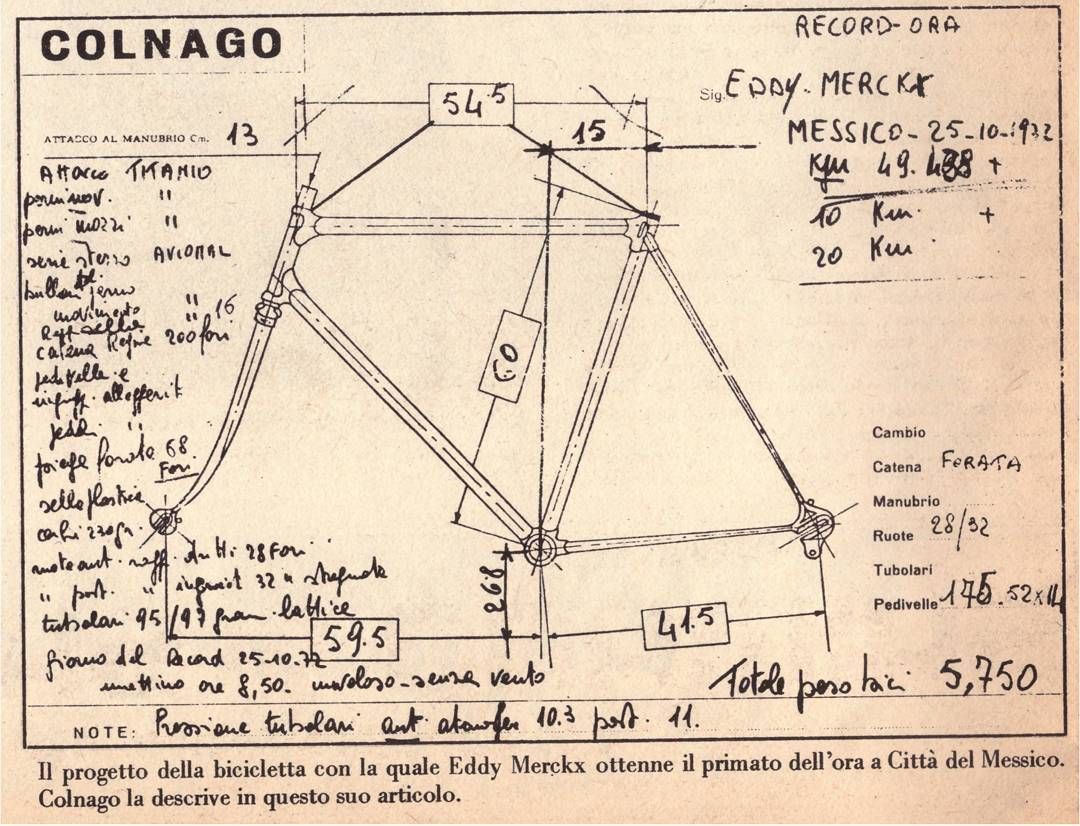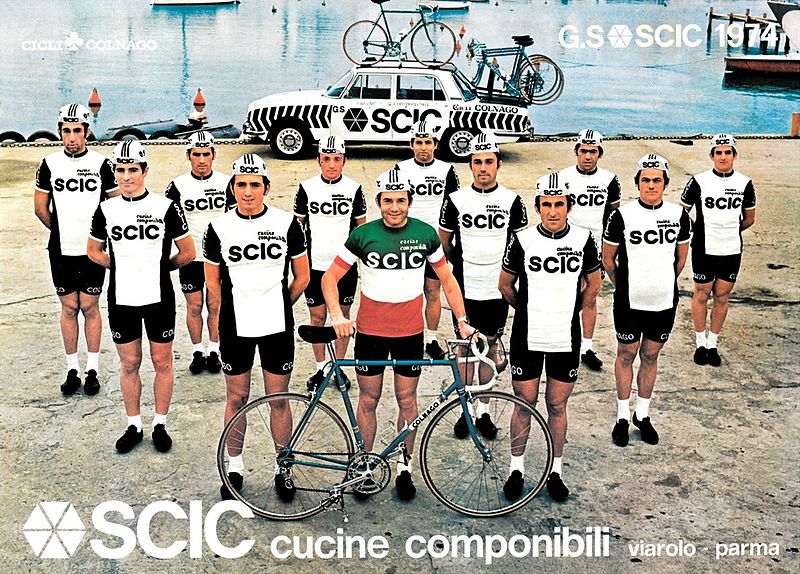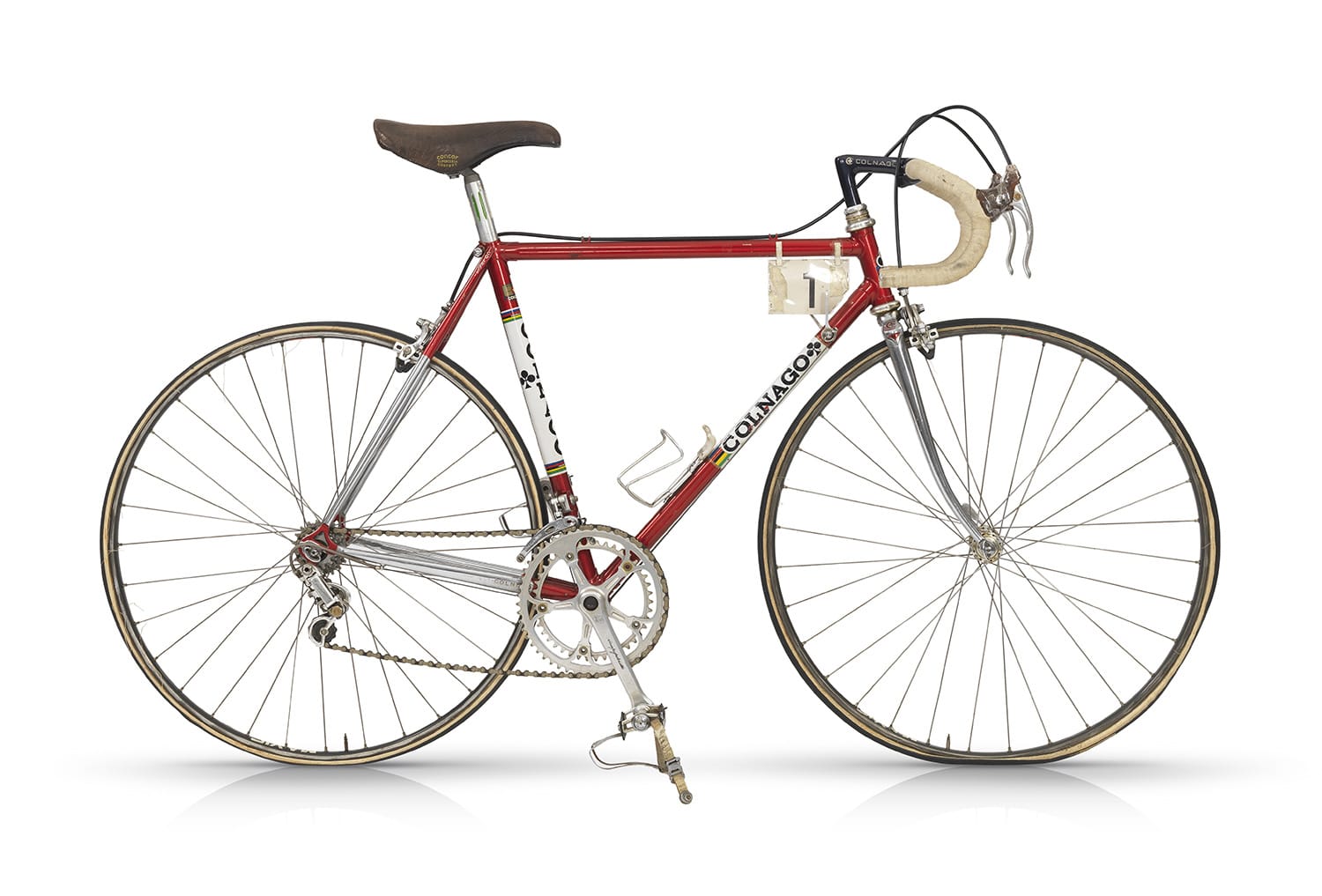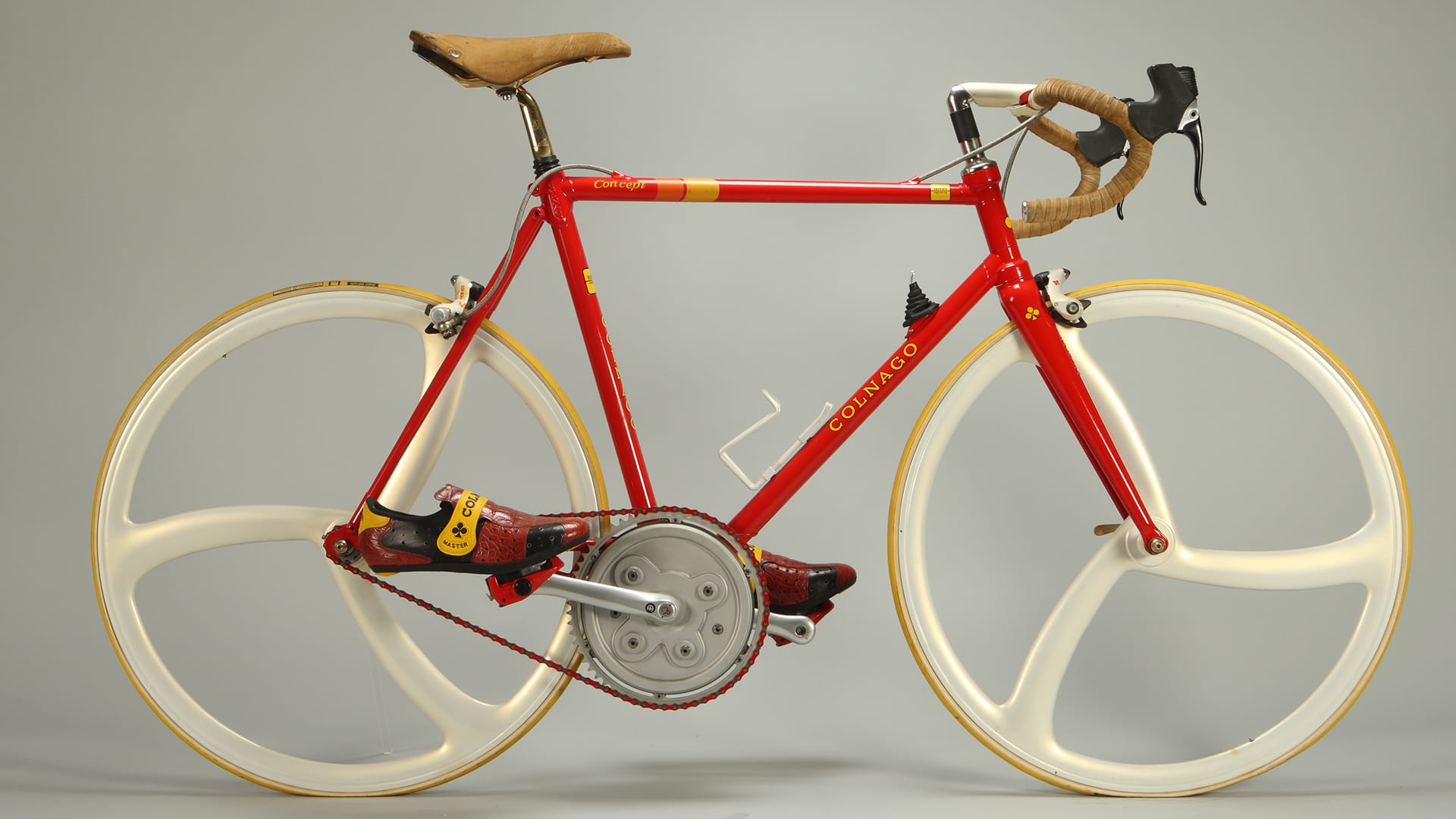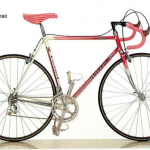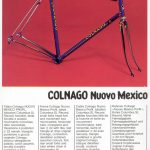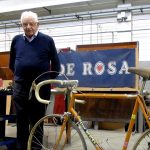The history of Colnago begins in 1954, when Ernesto Colnago opens his shop at 10 via Garibaldi in Cambialdo, a municipality in the Italian province of Milan. Ernesto is only 22 years old, but he has known the trade for a while by working in Dante Fumagalli's bicycle shop from the age of 12.
There he learns welding and after only 1 year he already wants to get higher. That is why he presents himself at the age of 13 by the Italian bicycle brand Gloria in Milan. In order to start there as a welder in the factory, he says that he is 14.
His passion for cycling has always been there and in the same period that he works in the factory, he also starts cycling. It' s the year 1946 and he buys his 1st bicycle, a Gloria Garibaldina, from the factory. In his short career, he even wins 13 games.
After a crash, however, he ends up in the plastert and can therefore neither train nor work in the factory. He then asks his employer to send him wheels that he can finish at home. In addition, he also does some other smaller jobs for himself with which he earns more in a short time than in the factory.
This makes him realize that he better give up his professional cycling career and his factory job and open his own bicycle shop, which he in fact does in 1954.
The encounter with Fiorenzo Magni
The store has only been open for a year when Ernesto goes cycling with friends and encounters Fiorenzo Magni During a stop at a fountain where they refill their water bottles, Magni complains that he has only just got a new bike but one of his legs is hurting. Ernesto notices that his crankset is not properly assembled and arranges this in his shop.
A few days later, Magni contacts Ernesto and says that the pain has effectively disappeared. To Ernesto's surprise, Magni asks him to come with him to the Giro d'Italia as assistant mechanic of the team Nivea-Fuchs but he has to leave within 2 days
Ernesto accepts and immediately gets his first job: he has to adjust 40 wheelsets before they leave. A first serious test, he works day and night but he succeeds. The team's chief mechanic is Masi, who was already working on his own brand at the time. The experience that Ernesto gains during this 1955 Giro is of great value to him for his later career. It is also the 1st participation of Magni and he immediately conquers the pink jersey in the mountains and keeps it all the time.
The way to the top
In the following years, Ernesto Colnago is working hard to achieve success. For example, in 1956 he had the idea to bend the front fork cold in order to obtain more elasticity. In 1957 he made a custom frame for the Tuscan cyclist Gastone Nencini With which he will win the Giro d'Italia 1957
In 1962 a friend visits his shop with the then 16 year old Gianni Motta asking if Ernesto doesn't have a second-hand bike for him. They started talking and it turns out that that day Motta still has to cycle to his grandmother who lives 130 km away. Ernesto immediately realizes that Motta has character and a great future ahead. He then decides to make bicycles for him and to assist him.
A good choice because Motta wins the Tour of Lombardy in 1964, becomes 3rd in the Tour de France of 1965 and wins the Giro d'Italia of 1966. All this on a Colnago bike.
Chief mechanic at Eddy Merckx's Molteni
From then on, Ernesto Colnago has become a very important person in the cycling environment and has been chief mechanic at Molteni, the team of the cannibal Eddy Merckx, from 1963 to 1974. He builds bicycles for Dancelli, Motta, Altag and Merckx.
In 1970 after Dancelli's victory in Milan Sanremo on a Colnago bicycle, a journalist advises him to change the current Colnago logo to the “spade” logo. This logo is still the same today.
In 1972 he built the bicycle for Merckx with which he beats the one-hour record in Mexico Ernesto Colnago considers this bicycle one of his many masterpieces. The bike weighed only 5kg and 750 grams and he worked on it for 200 hours.
First sponsorship with team SCIC
In 1974 Ernesto Colnago considers it time to sponsor a professional cycling team. It will be the SCIC team that Baronchelli drives for. Soon other teams will follow, including Kas, Gis Gelati, Kwantum Hallen, the Russian team at the Olympics, Boule d'Or Colnago with Freddy Maertens and Colnago Del Tongo with Beppe Saronni.
Especially with Beppe Saronni Colnago has a special band. He rides his entire career on Colnago bikes, even though he rides for different teams. In 1982 Saronni becomes world champion in Goodwood on a red Colnago Mexico (now better known as Mexico Saronni) after having been defeated by Freddy Maertens in Prague the year before. Both Maertens and Saronni then rode a Colnago Mexico.
The red Colnago Mexico Saronni and his successor the Colnago Mexico Nuovo have become a much sought-after object for collectors.
Colnago - Ferrari collaboration
Colnago is also synonymous with innovation. Ernesto has always been looking for innovations. In 1986 he hears about the new material carbon that has been used in the Formula 1 world for a while. He immediately contacts Enzo Ferrari and together they develop the 1st Carbon bike in the world, called Concept .
The wheels are personally designed by Enzo Ferrari and consist of only 3 spokes. All tubes and connections are glued, the front fork is straight, the brakes are disc brakes, but the most revolutionary according to Ernesto is the gear unit integrated in the front sprocket.
The only problem is that this device alone weighs more than 5 kg, which brings the total weight of the bike to more than 13 kg. For this reason, Ernesto Colnago decides not to launch the bicycle on the market.

